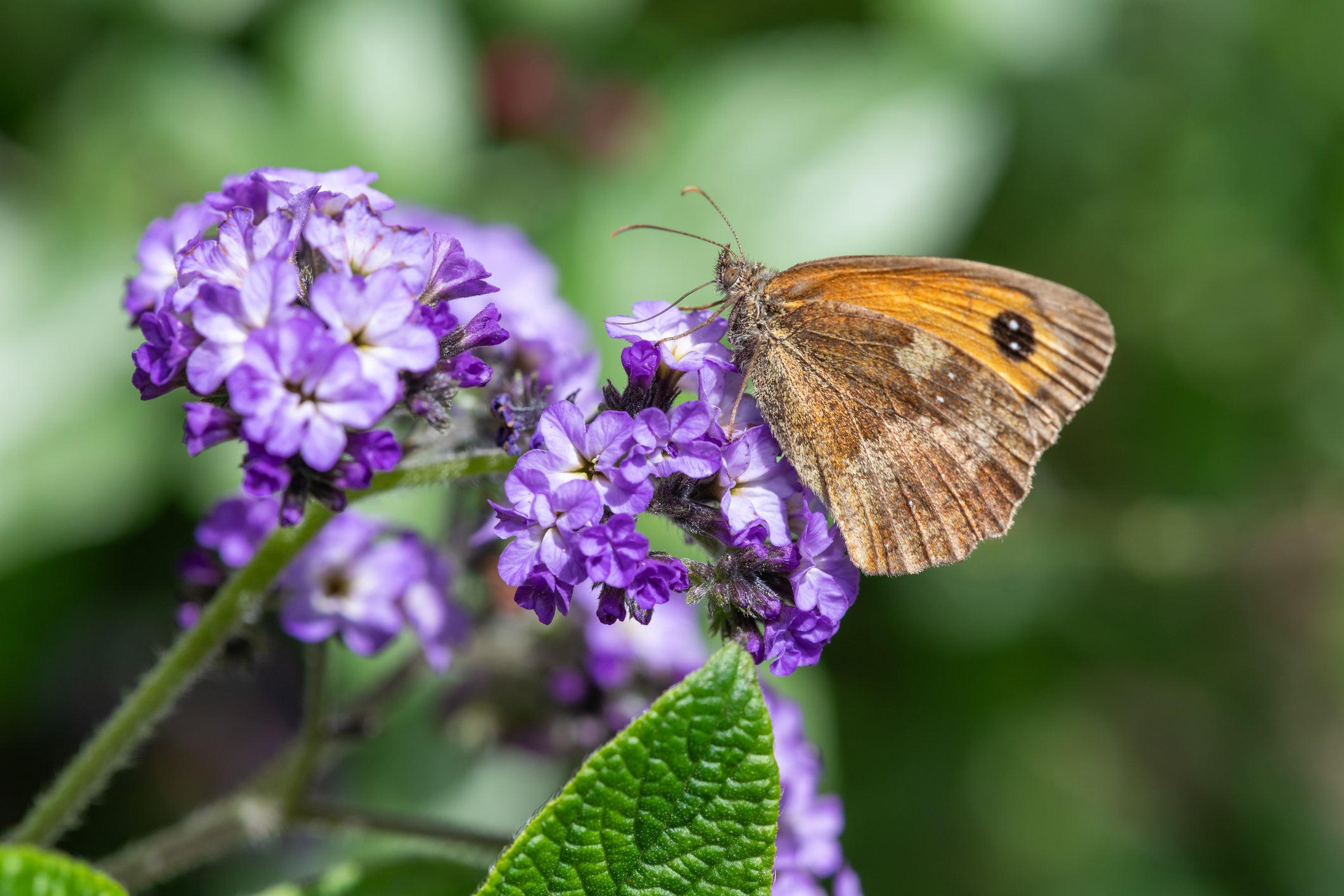There are so many gorgeous flowers blooming in the spring. As your eyes take them in, give in to that little voice in the back of your mind that tells you to stop and smell them, too. Go on, take a whiff. Enjoy the moment of peace it brings.
Some of the most fragrant flowers blooming in May include those of sweet pea, lilac, heliotrope, jasmine, and lavender plants. Beyond their beautiful blooms, fragrant plants also waft wonderful smells through your yard, and add to the already pleasant experience of getting outside into your garden. The following chart will give you some details about these fragrant, flowering plants, and how to care for them.
|
Plant names (common) |
Description |
Where to plant |
Soil & fertilizer |
Maintenance & care |
Special attributes |
|
-Small deep purple flowers -Broad, pleated, blue-green leaves -Smells like vanilla, baby powder, cherry pie, and grapes -Blooms in summer and fall |
-Container or garden bed that gets full sun (at least 6 hours a day) -Space plants 12-18 inches apart |
-Well-draining soil -Potting soil works great when planting in containers -Fertilize with a high-phosphorous fertilizer |
-Water frequently & keep soil moist -Snip off old blooms -Prune to desired shape, careful not to prune more than 1/3 of the plant |
-Pollinators love them |
|
|
-Flower colors range from white to deep purple -Light green, heart shaped leaves -Sweet, floral, springy scent -Blooms a few weeks after planting in spring—does well planted in May
|
-Garden bed with full sun -Space plants 5-10 feet apart |
-Well-draining soil -Only fertilize in the 2nd year after planting with a balanced fertilizer if your soil is poor; otherwise, no need to fertilize |
-Water moderately, do not overwater - Prune away dead wood and old blooms after the plant is finished blooming and cut 1/3 of its shoots down to the base to inspire future growth.
|
-Very low maintenance
|
|
|
-Ruffled pink, purple, blue, and white flowers -Sweet scent, like honey & orange blossom -Vining plant, blooms in spring and summer |
-Pot or garden bed with trellis or other structure to climb, in full or partial sun (6-8 hours daily, doesn’t like very hot sun)
|
-Use compost soil to add nutrients and better drainage -Use fertilizer high in phosphorous |
-Water weekly -Deadhead spent flowers to promote new flowers over pea pods |
-Can grow inside |
|
|
-White flowers -Sweet, musky, fruity scent -Vining plant, blooms in spring and summer |
-Garden bed or container in full sun or partial shade -Support vines with trellises |
-Well-draining soil
|
-Water enough to keep the soil moist, not too wet or dry -Prune after the plant has finished flowering |
-Can grow inside |
|
|
-Purple or blue colored blooms -Sweet smelling, herbal, calming flowers -Blooms in spring and summer |
-Garden bed in full sun |
-Very well-draining soil (can add gravel or sand) |
-In the first summer after it’s planted, water it about once a week -In subsequent years, water infrequently, mainly during drought periods -Do not fertilize -English lavender pruning: prune off stems just above the bottom two sets of leaves after it finishes its first flowering, and again at the end of August -Non-English lavender pruning: trim gently after it finishes its first flowering, and deadhead after subsequent blooms die. Do not aggressively prune. Trim the foliage and round the top at the end of summer. |
-Drought-tolerant -Can dry your lavender to enjoy the scent year-round
|
We hope you are inspired to grow a fragrant plant. You can delight in smelling them as water droplets stick to your face on rainy spring days, and as you catch their scent in the breeze on warm summer nights to come.

Leave a comment